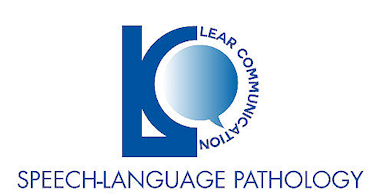
Children and youth represent 30% of all brain injuries in Canada, with ABI the leading cause of death and disability among children
452 people suffer a serious acquired brain injury (ABI) every day in Canada. In other words, one ABI every 3 minutes. The annual incidence of ABI in Canada: – 44 times more common than spinal cord injuries – 30 times more common than breast cancer – 400 times more common than HIV/AIDS (www.braininjurycanada.ca)
Many people with acquired brain injuries have problems with thinking and this can interfere with their ability to communicate effectively. This is an example of a cognitive-communication difficulty. A speech-language pathologist can assess all aspects of the person’s communication (listening, speaking, reading, and writing) as well as cognitive or thinking skills that may influence the person’s communication (e.g. attention, memory, organization, reasoning, judgement). The speech-language pathologist can also assess swallowing as needed. The important part of this assessment is to determine the extent to which these cognitive-communication difficulties may affect the person’s return to work, school, family interactions, and/or return to activities in the community. The speech-language pathologist then develops a treatment plan, which lists therapy goals, procedures, and strategies, to help the person and their family cope with the problem in manageable steps. The speech-language pathologist then provides therapy either in a hospital, the person’s home, school, community, or place of employment depending on their personal needs and stage of recovery. Treatment may include:
- educating the person with the brain injury and significant others about the nature of the person’s strengths and weaknesses, and how to help the person cope.
- changing or modifying the environment – e.g. reducing background noise so the person can listen more effectively.
- providing the person with exercises to improve his/her cognitive-communication, speech, and/or swallowing skills.
- providing the person with opportunities to practice communicating in a variety of settings and situations.
- teaching the person strategies to help compensate for or deal with their difficulties.
- working closely with all of the professionals who are assisting the person with brain injury (e.g. Occupational Therapists, Physiotherapists, Psychologists, Social Workers).
